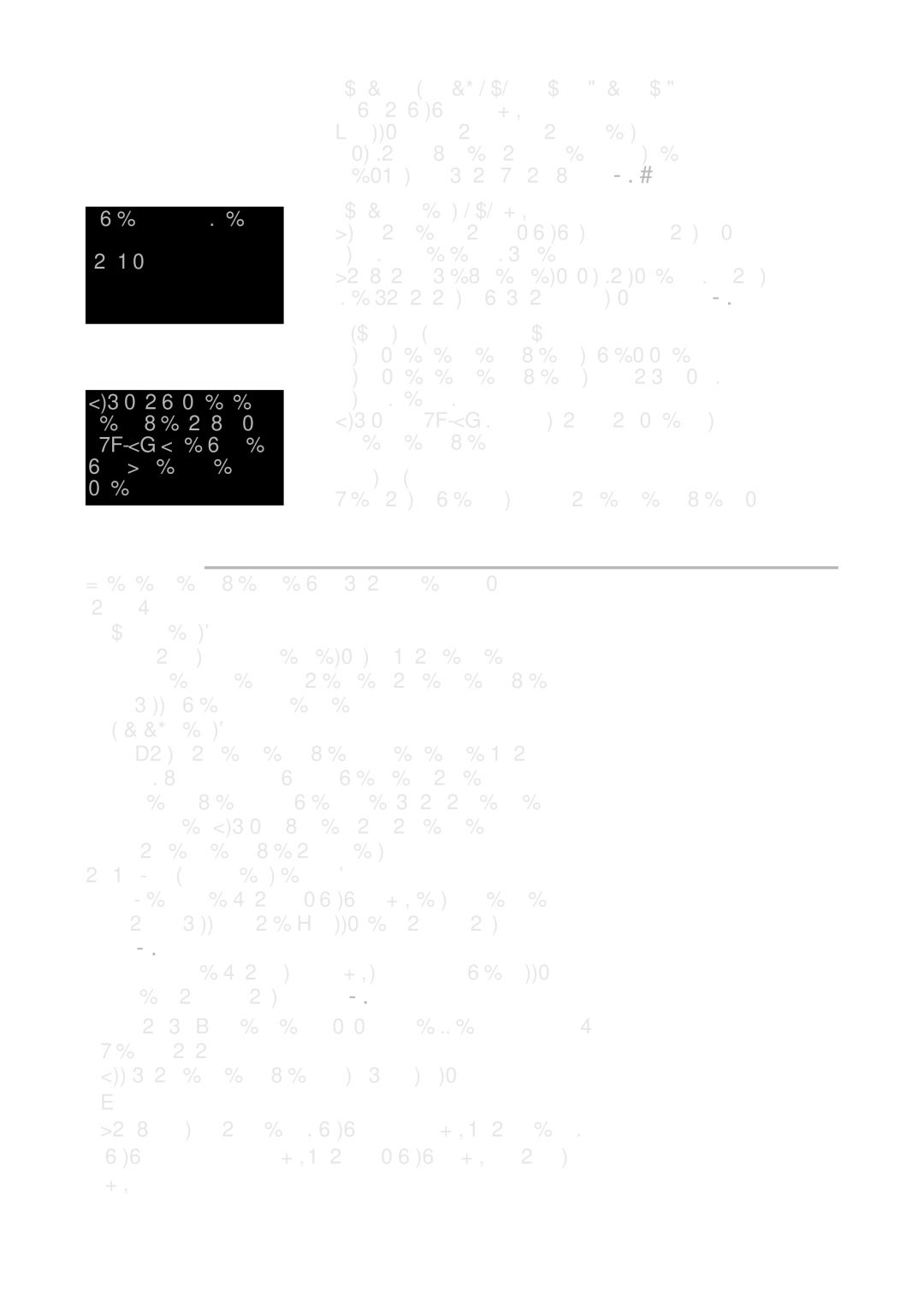Never use a cutting or pointed object to do this, you can use a cot- ton bud.
Always have your pres- sure cooker checked by a TEFAL Approved Ser- vice Centre after ten years of use.
To clean the operating valve seat located in the lid
•Remove the valve (A).
•Visually inspect the seat and the steam release pipe in daylight to make sure that it is round and clear. If neces- sary, clean it with a Toothpick - Fig 8
To clean the safety valve (C)
•Clean the part of the safety valve located inside the lid by placing it under running water.
•Check that it works properly by lightly pressing on the plun- ger which should move without difficulty - Fig 12
To replace your pressure cooker seal
•Replace your pressure cooker seal every year.
•Replace your pressure cooker seal if it shows any signs of splitting or damage.
•Always use a TEFAL genuine seal that matches your model of pressure cooker.
To store your pressure cooker
• Turn the lid over and place it on the pressure cooker body.
Safety
Your pressure cooker is provided with a number of safety me- chanisms:
•Closure safety:
-If the appliance is not properly closed, the pressure in- dicator cannot rise and therefore the pressure cooker will never come up to pressure.
•Opening safety:
-While the pressure cooker is under pressure, the ope- ning knob cannot be activated. Never force the pres- sure cooker open. Never tamper with the pressure indicator. Always make sure that the pressure inside the pressure cooker has been released.
•Two excess pressure safety features:
-First feature: the safety valve (C) releases pressure and the steam will escape horizontally from the top of the lid
-Fig 13
-Second feature: the seal (I) lets steam escape vertically from the side of the lid - Fig 14
If one of the two excess pressure safety systems is triggered:
•Turn off the heat.
•Allow the pressure cooker to cool down completely.
•Open it.
•Check and clean the operating valve (A), the operating valve seat and pipe (B), the safety valve (C) and the seal
(I).
